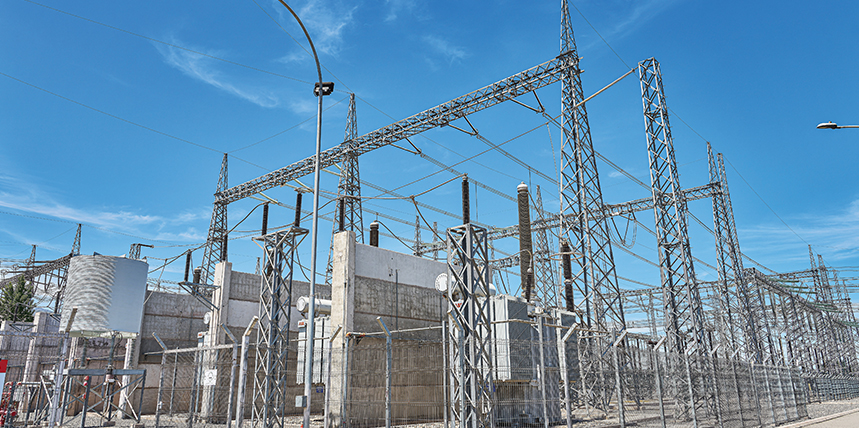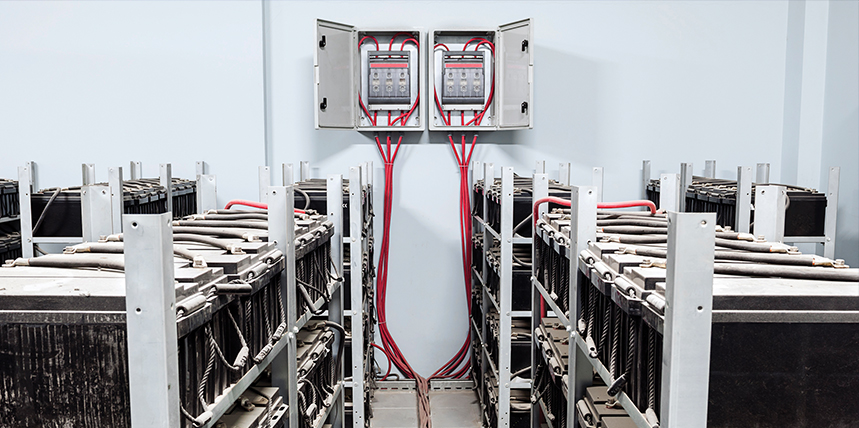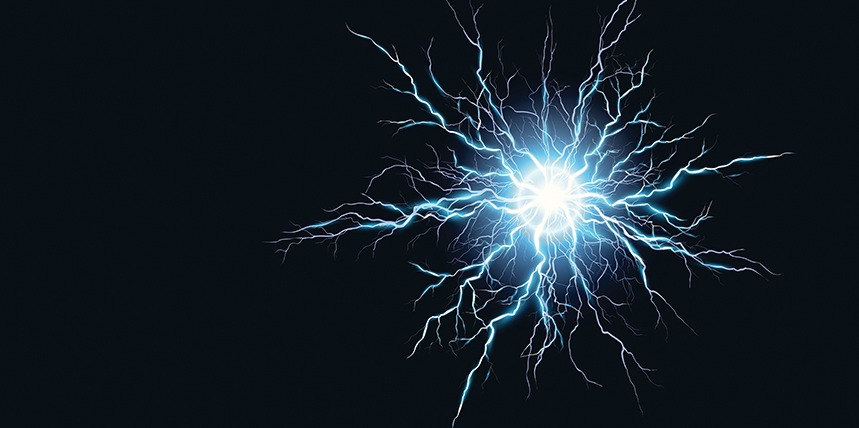Utility substations are undergirded by large — sometimes massive — grounding grids. These are made up of electrodes, much like the familiar ground rod, but with extended responsibilities. The grid must provide a means to carry electrical currents into the earth under normal and fault conditions without exceeding operating and equipment limits. The grid must also assure the safety of …
How Proper Grounding Protects Substations and Workers
Designing, installing, and maintaining an adequate grounding system is as important a part of substation design and maintenance as any other. “Out of sight, out of mind” definitely does not apply here. The grounding grid is not only essential to proper function and power quality but is also critically important to worker safety as well as that of public passersby. …
Advances in Ground Testing
The fundamental principles of electrical ground testing were laid down in the early 20th century, with much of the pioneering work done by Frank Wenner of the U.S. Geological Survey. The most basic and widely used method for measuring soil resistivity bears his name. These principles still underlie ground testing into the present century, but many improvements have been made …
Ground Fault Protection in Circuit Breakers
Commissioning and maintenance procedures for low-voltage circuit breakers may include testing to determine whether the circuit breaker is able to respond correctly to faults or overload conditions as specified in the coordination study. This requirement may include ground fault (GF) as part of the protection scheme. Testing may be performed through primary or secondary injection; primary injection is the best …
Advancements in Battery Ground Fault Location
There is always room for improvement. In electrical testing, this is particularly true because of the rapid development and application of the underlying electronics. Although a job may be proceeding with maximum satisfaction, it may well be made easier, faster, more accurate, and safer. For example, standby battery banks can develop ground faults over time through leaking electrolytes, accumulation of …
Using Grounding to Locate Cable Faults
Locating faults in buried or concealed cable is one of the most demanding, inventive, and interesting chores in all of electrical maintenance. The operator’s skills, knowledge, and ingenuity are paramount. When the power goes out, an entire facility, neighborhood, or community can be abruptly shut down without warning. Normally, this goes largely unnoticed as the utility seamlessly switches to another …
Ground Enhancements: An Answer to Difficult Grounding Situations
As part of the electrification of a facility, it is commonly thought that merely connecting the system to a driven ground rod means that the building is grounded. It’s not that simple. By pure luck, such an approach may indeed work. But the considerable value of the building, the efficiency of operation, the wealth of information and knowledge that is …
Ungrounded Systems
“What’s in a name?” asked Shakespeare. The quote is so widely known because it’s so widely applicable. In the electrical industry, the terms “grounded” and “ungrounded” are commonly applied to electrical systems. They are often taken for granted or misunderstood. How can a grounding electrode be present, and yet the system is termed “ungrounded?” It is beneficial and productive to …
Safety Testing of EV Chargers
Electric vehicles are prominently heralded as the trend of the future, a vital part of many planned economies’ efforts to combat global warming, widespread pollution, and the squandering of resources. But there has also been negative publicity over safety issues like car fires. The key to enjoying the best of both worlds — excellent performance under complete safety — is …
Ground Faults in Photovoltaic Systems
Solar farms, which are exposed to the elements, are especially at risk for failure and require dedicated electrical maintenance. Good grounding is essential, as the panels produce high DC voltages that can be sources of shock and fire, as well as induced voltages and electromagnetic interference on lines. With respect to grounding, there are two types of photovoltaic (PV) systems: …








